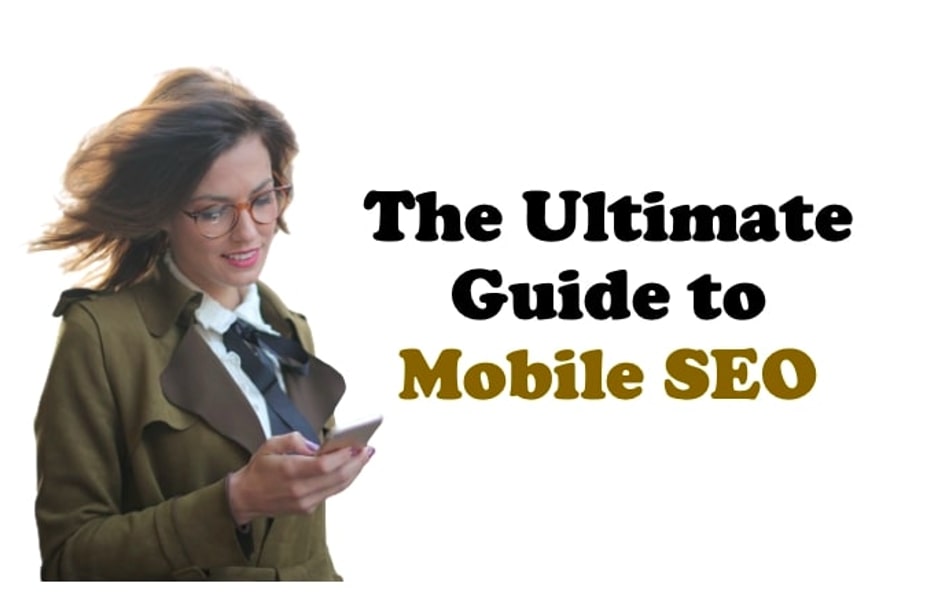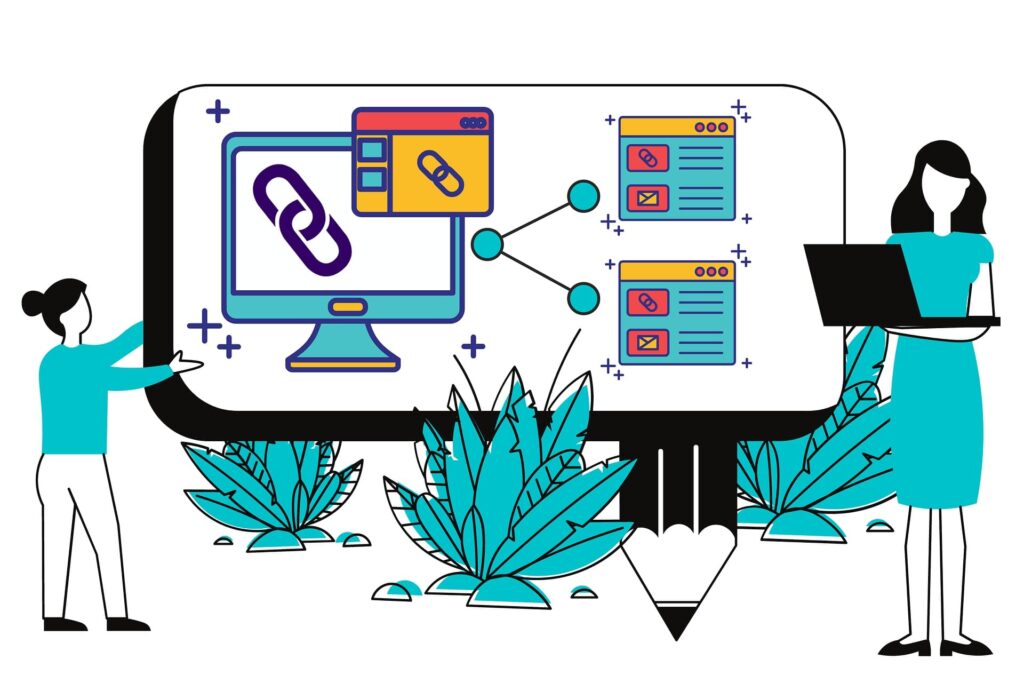A call-to-action (CTA) in marketing is a message or button that encourages a viewer, listener, or reader to take a specific action, such as making a purchase, signing up for a newsletter, or visiting a website. CTAs are used in various forms of marketing, including online advertising, email marketing, and content marketing.
CTAs can be in different forms, such as a button, a link, or a simple phrase. They can be placed in different areas of a marketing message, such as at the end of an article, in the middle of a video, or in the header of a website.
The goal of a CTA is to direct the audience to take a specific action, such as visiting a website, signing up for a service, or making a purchase.
An effective CTA should be clear, specific, and action-oriented. It should also be visually prominent and easy to find. The language used in the CTA should be action-oriented, such as “Sign Up Now” or “Shop Now”.
Calls-to-Action are an important part of a marketing strategy as it helps to convert leads into customers. It is used to increase the conversion rate by making it easy for the audience to take the next step.
Quick Links
What is Call to Action?
Call to Action (CTA) is a marketing technique used to encourage customers to take an immediate action. It is usually a phrase or statement that prompts the customer to do something like buy now, sign up, subscribe, etc. The purpose of using CTAs is to make customers take action quickly and easily.
Call to Action can be used in various forms such as buttons, text links, images or videos. It can also be used on different platforms such as websites, emails, social media posts and more. The goal of using Call to Action is to get customers engaged with your product or service and increase conversions.
Setting Call-To-Action: Dos and Don'ts
Sure, here’s a comparison table chart format for the Dos and Don’ts of setting Call-to-Action buttons:
| Do’s | Don’ts |
|---|---|
| 1. Use clear and concise language | 1. Use confusing or unclear language |
| 2. Place the CTA in a prominent location | 2. Hide the CTA or make it difficult to find |
| 3. Make the CTA visually appealing | 3. Use an unappealing or unprofessional design |
| 4. Use action-oriented copy | 4. Use passive or weak language |
| 5. Make the CTA stand out from the page | 5. Make the CTA blend in with the page |
| 6. Test different variations to improve | 6. Settle on one CTA without testing |
| 7. Create a sense of urgency or scarcity | 7. Use false or misleading urgency |
| 8. Use A/B testing to determine the effectiveness | 8. Assume the first CTA is the best one |
| 9. Ensure the CTA is relevant to the content | 9. Use a generic or irrelevant CTA |
| 10. Optimize the CTA for mobile devices | 10. Neglect mobile optimization for the CTA |
By following the do’s and avoiding the don’ts of setting Call-to-Action buttons, businesses can create effective CTAs that drive conversions and achieve their marketing goals.
Qualities of Best Call-to-Action
Here are the top ten things to keep in mind while setting up Call-to-Action (CTA) buttons on a website:
Clarity: The CTA should be clear and concise, telling the user exactly what they will get by clicking the button.
Placement: The CTA should be prominently placed and visible on the web page, so users can easily find it.
Color: The CTA button color should contrast with the background and stand out on the web page.
Size: The CTA button size should be large enough to be easily clickable but not too big that it overwhelms the page.
Copy: The copy on the CTA button should be action-oriented and use action words, such as “Download,” “Sign Up,” or “Get Started.”
Relevance: The CTA should be relevant to the page content and the user’s needs, so they are more likely to click the button.
Urgency: The CTA should create a sense of urgency or scarcity, using phrases such as “Limited time offer” or “Only a few spots left.”
Testing: Testing different variations of the CTA can help to determine what works best for the audience and improve the conversion rate.
Mobile optimization: The CTA should be optimized for mobile devices, as more and more users are accessing websites through their mobile devices.
Analytics: It’s essential to track and analyze the CTA’s performance to determine how effective it is and make any necessary adjustments to improve its effectiveness.
In summary, by keeping these ten things in mind while setting up a CTA button on a website, businesses can create effective CTAs that drive conversions and achieve their marketing goals.
Best Call To Action Samples
Here are 20 best Call-to-Action (CTA) button ideas with examples:
- “Get Started Now” – For a software or service, such as a project management tool, that wants users to sign up and start using it immediately.
- “Download Your Free Guide” – For an e-commerce website or blog that offers a free guide or ebook to users who enter their email address.
- “Sign Up for Exclusive Offers” – For an online retailer or subscription service that wants users to sign up for their email list to receive exclusive discounts and promotions.
- “Book Your Free Consultation” – For a service-based business, such as a marketing agency, that wants users to schedule a free consultation with a representative.
- “Join Now and Save” – For a membership-based website or service, such as a fitness center, that wants users to sign up and take advantage of a limited-time discount.
- “Claim Your Spot” – For a conference or event that wants users to register and secure their spot at the event.
- “Get Your Free Trial” – For a software or service that offers a free trial period, such as a video editing tool or project management software.
- “See Pricing Plans” – For a software or service that offers multiple pricing plans, such as a web hosting service or accounting software.
- “Buy Now and Get X% Off” – For an e-commerce website that offers a limited-time discount on a product.
- “Learn More About Our Services” – For a service-based business, such as a consulting firm, that wants users to learn more about their offerings before scheduling a consultation.
- “Subscribe to Our Newsletter” – For a blog or news website that wants users to subscribe to their newsletter to receive regular updates.
- “Get Started with a Demo” – For a software or service that offers a demo or walkthrough of their product or service.
- “Get Your Free Quote” – For a service-based business, such as a home renovation company, that wants users to request a free quote for their services.
- “Join Our Community” – For a social media platform or forum that wants users to join their community and start interacting with other users.
- “Register Now for Early Access” – For a software or service that is launching soon and wants users to register for early access.
- “Get Your Customized Plan” – For a service-based business, such as a financial advisor, that wants users to request a customized plan based on their needs.
- “Book Your Appointment Today” – For a service-based business, such as a hair salon or spa, that wants users to schedule an appointment online.
- “Claim Your Free Trial” – For a software or service that offers a free trial period, such as a marketing automation tool or customer relationship management software.
- “Schedule Your Demo” – For a software or service that offers a demo or walkthrough of their product or service.
- “Get Started with Our App” – For a mobile app that wants users to download and start using their app.
Final Words
A Call-To-Action (CTA) is a marketing message or button that encourages or prompts a user to take a specific action, such as making a purchase, subscribing to a newsletter, downloading an ebook, or filling out a contact form. CTAs are a crucial part of any digital marketing strategy because they help to convert website visitors into leads or customers.
Sharing is Caring

























